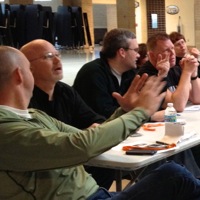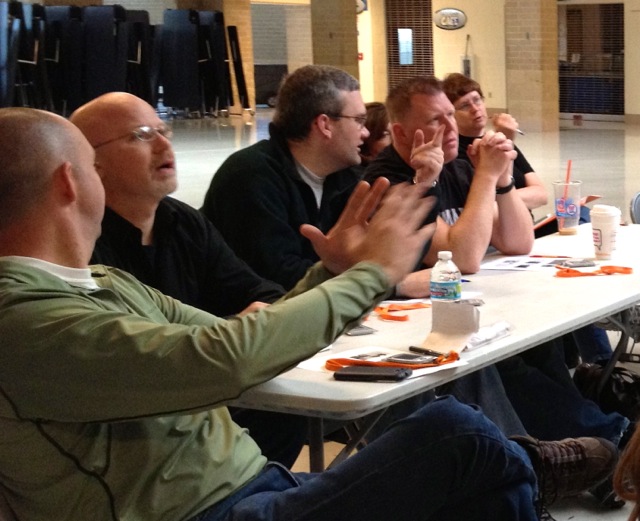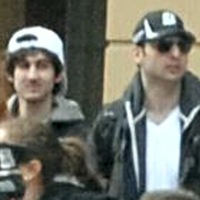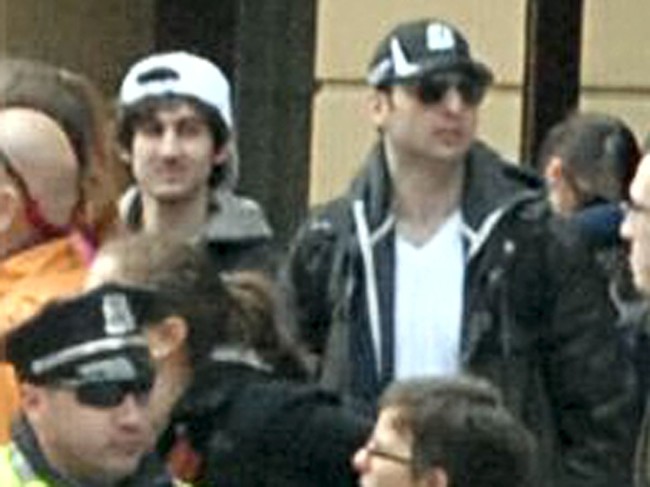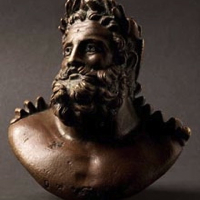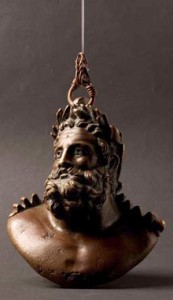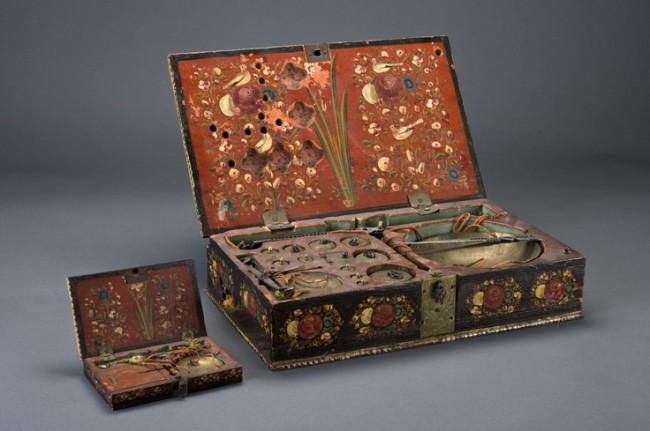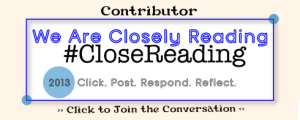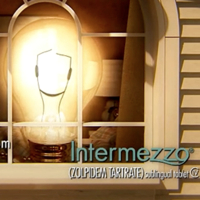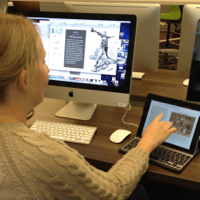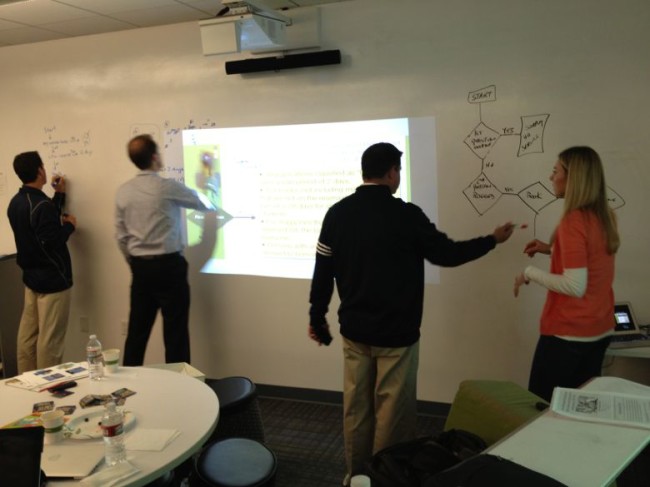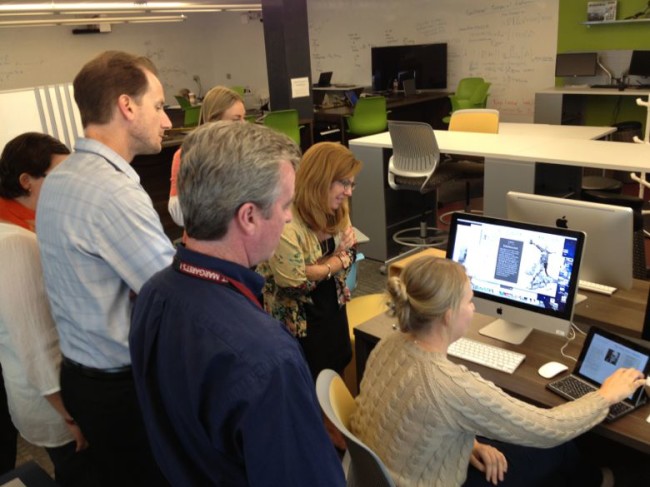Teachers are too savvy to fall for an empty promise that something is “common-core-aligned.”
I just returned from a full-day workshop for middle school social studies teachers at Plainfield CCSD 202 (IL). It was entitled “Think Like a Historian: Literacy and the Common Core.”
Teachers everywhere are concerned about the impact of Common Core. But they won’t benefit from lecture-style PD that itemizes specific strands and standards of Common Core. Promoting curricular “checklists” doesn’t build capacity, it fosters either resistance or mindless compliance. Don’t talk about “close reading” – do it!
As Charlotte Danielson has written: “I think the common core rests on a view of teaching as complex decision making, as opposed to something more routine or drill-based. … So I see the common core as a fertile and rich opportunity for really important professional learning by teachers, because — I don’t know now how to say this nicely — well, not all teachers have been prepared to teach in this way. I see that as one of the enormous challenges facing the common core rollout.
Teachers need a demonstration what Common Core teaching actually looks like, how the essential elements of Common Core connect to what they are already doing and why students will need to master these skills to be successful lifelong learners.
Here’s five PD essentials to support teachers in transitioning to close reading and the Common Core followed by specific comments from the Plainfield teacher evaluations.
1. Make it real. Teachers are too savvy to fall for an empty promise that something is “common-core-aligned.” And remember you lose credibility if you “paper over” Common Core’s controversies.
- Thanks for the opportunity to freely express our opinions.
- It’s great to be able to discuss the frustration and then move forward to what’s best for kids.
- I appreciate that you never “dodged” a tough question.
2. Start from where teachers are. Reinforce their existing practice and offer a feasible framework for Common Core “make-overs” to their current lessons.
- I now think it’s possible to successfully teach close reading. The responsibility is mine to teach how to do so.
- I feel affirmed. It was nice to hear that how I run my classroom is right on track with today’s workshop.
- My confidence has increased. I have a real chance of making these things work.
- Loved the close reading using images. I’ve done this for years and never had a name for it.
- I have a lot of these pieces already in place, but now I know how to more neatly tie them together.
3. Teachers don’t want abstract theory. They want ideas they can use in the classroom. Model the strategies, don’t just talk about them.
- Each piece of information was attached to examples, how-tos, and evidence of its value. I was shown what works, why it works, and how to use it in my classroom.
- It’s so helpful to participate in the activities just as our student should.
- “Practice what you preach.” We were part of our learning just as we expect students to be.
- Your presentation hits all learning styles.
- I’m stealing a lot of these activities.
4. Common Core relies on relinquishing responsibility for learning to the student. Teachers have to be encouraged to “be less helpful” as they shift to student-centered, constructivist approaches.
- I need to remember that when it comes to student responses – there doesn’t need to be a “right answer.”
- A great reminder / inspiration to be student centered and remember that kids will need to be invested and own their learning.
- Summarize and comparing – students need to share what’s actually important to them – powerful!
- I will focus more on peer and student reflection and revision.
- I like the idea of students evaluating their own progress and realize that it’s an easy thing to do if we make the effort.
5. The critical competencies of Common Core asks students to operate at higher levels thinking. They’ll need to analyze, evaluate, share and debate their ideas with others. Those activities should form the basis of the training.
- I now understand more about Bloom’s Taxonomy than I did in college.
- Getting students to think at higher levels is not as difficult as I thought it was.
- I need to stop starting every lesson at the low end of Blooms. Want to start some at the top.
